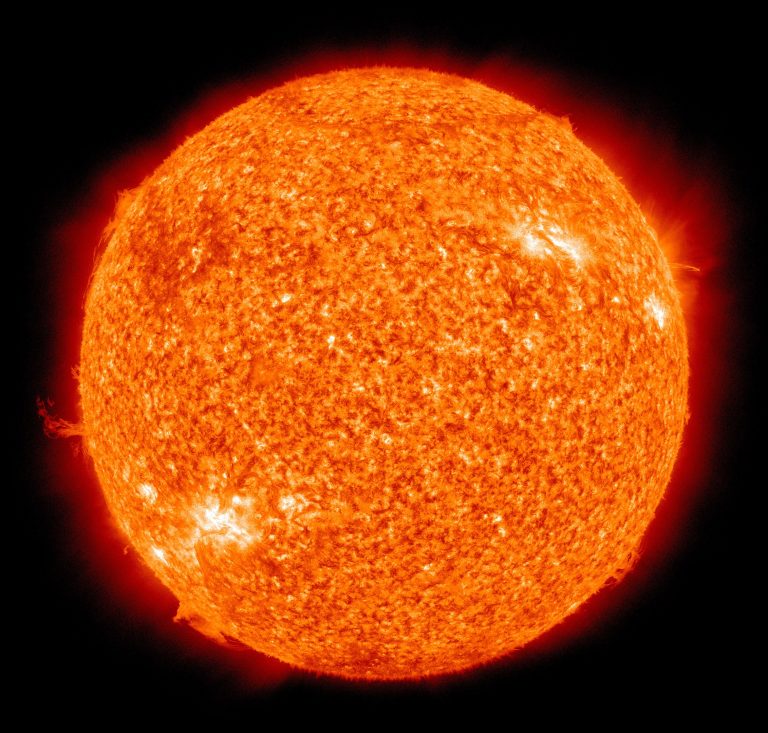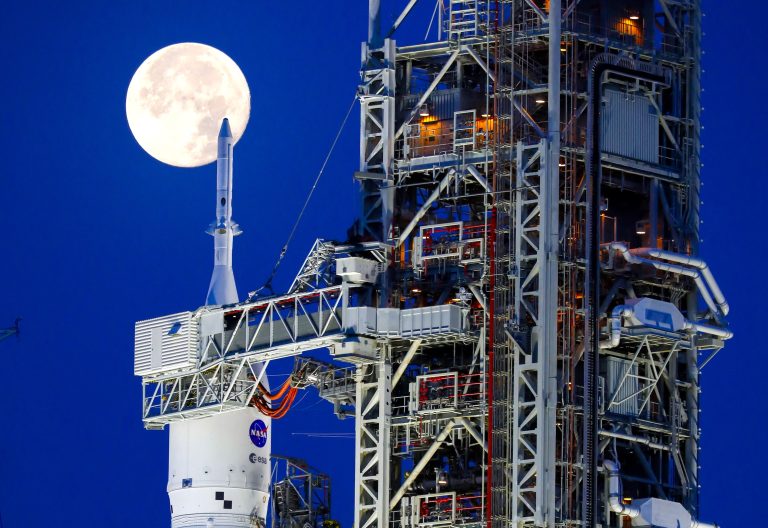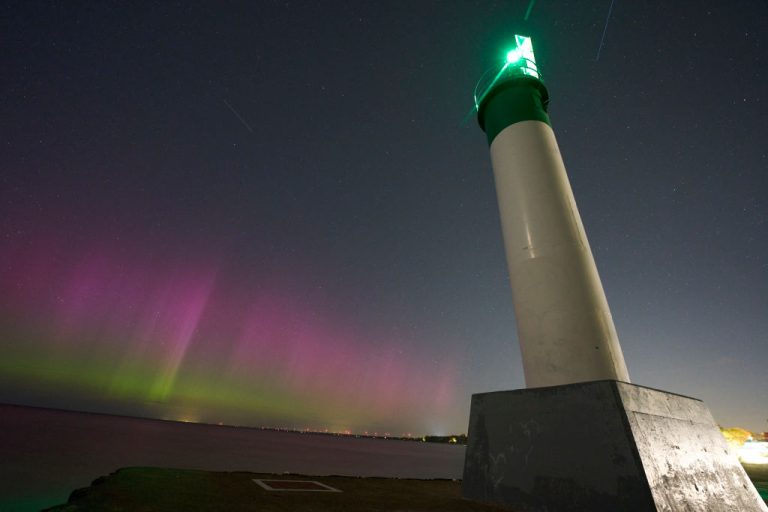Novel swirling vortices have been spotted on the surface of the sun. Moving in the opposite direction of our host star’s rotation, the high frequency waves that cause these spirals travel faster than was theoretically possible. What does it mean for our understanding of solar dynamics?
An unintended discovery
It all started as an attempt to find data to explain the long-puzzling solar phenomenon called “the convective conundrum.” In simple terms, it refers to the outward movement of energy from the sun’s core to its surface, prompting fluid to swirl in eddies and spirals called convective flows, and the inability of science to observe convective flows — also called convective cells — whose dimensions match those predicted by researchers’ mathematical models.
“We were therefore looking in the data for signatures of these cells and that’s when we discovered the HFR waves,” Chris Hanson, the physicist and research associate at NYU Abu Dhabi who led the study, said in an email to Vice.
The novel high-frequency retrograde (HFR) waves — named after their counter-direction movement — were first detected by Hanson’s team after searching through 24 years of ground-based observations captured by the Global Oscillation Network Group (GONG) and 10 years of space-based observations captured by the Helioseismic and Magnetic Imager (HMI). HFR waves manifest as fast-moving swirling patterns on the sun’s surface and travel three times faster than the speed of other kinds of waves detected on the star.

An essential puzzle piece
Since it is impossible to employ direct observation techniques in the study of stars, helioseismology — a niche of astronomy that studies the Sun through its oscillations — relies on the surface signatures of various waves on the solar body to understand what is happening inside.
Classical helioseismology usually employs acoustic waves for this purpose, and although such waves have allowed astronomers to create images of the Sun’s internal rotation and structure, they fall short of illustrating the effects of solar factors such as its internal magnetic fields, gravity, turbulent viscosity, compressibility and entropy gradients in its deep convection zone; since these waves are insensitive to these parameters.
Success
You are now signed up for our newsletter
Success
Check your email to complete sign up
Here is where HFR waves can bridge the gap. Scientists hypothesize that these vorticity waves are excited by Coriolis forces — an apparent force caused by the Sun’s rotation — and are modified by solar dynamics parameters to which their acoustic counterparts are indifferent, making them valuable sources of unprecedented insights into the inner workings of our star.

The potential development of new physics
As researchers try to understand where HFR waves fit into solar dynamics, it seems undeniable that studying them can help us understand the interior of the Sun, as well as how it affects the Earth and other planets in the solar system.
“There are evidently missing, or poorly constrained, ingredients in the standard models of the Sun, and determining the mechanism responsible for HFR modes will deepen our understanding of the interiors of the Sun and stars,” said Hanson, who refers to the potential fresh insights as “novel physics.”
“The novelty of this finding is that these distinct waves are traveling much faster than hydrodynamics alone can account for, hinting that profound insights into solar dynamics may stand to be gained,” said Hanson and his team, who are currently working on illustrating the behavior of the solar inertial waves through mathematical models.
Some 80 years ago, meteorologist Carl-Gustaf Rossby discovered equally fascinating waves on our planet. The consequently named “Rossby waves,” were found in oceans above tropical latitudes, exhibiting speeds up to four times greater than theoretically expected.
Rossby waves have also been observed in atmospheres as enormous swirls in high-altitude winds that exert a significant influence on weather.
Although the high-frequency retrograde modes and the formation of these waves remain difficult to explain, the compelling mystery has become a source of inspiration for scientists to unravel the physics at play. By challenging current scientific conceptions and conducting new research with an open mind, understanding the interior of our Sun may soon become a reality.







